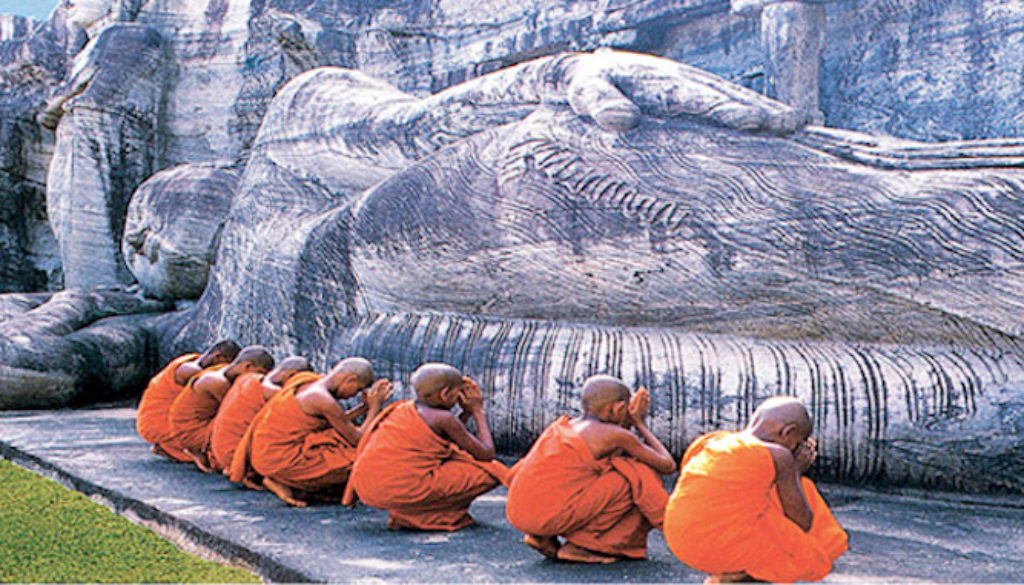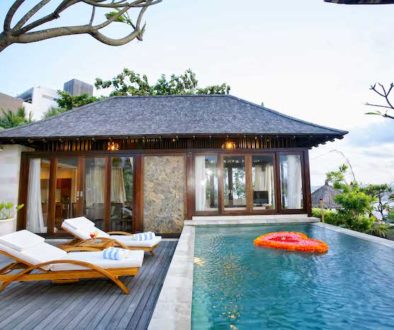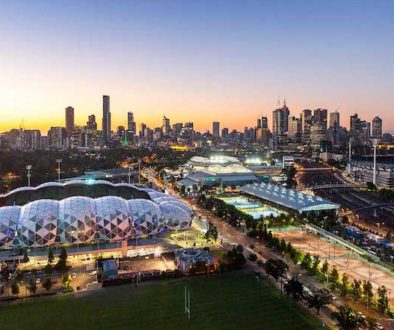Travel to world’s heritage site: Ancient ruined city of Polonnaruwa, Sri Lanka
People hardly plan their trip to ruined ancient sites. But in my view, such sites offer most evocative sights for travelers to capture. The histories as well as the intrigue of such heritage sites always hold inspiration for heritage lovers and attract their attention. How many have you traveled? If not yet, get ready to move with us to one of the most visited and most exquisite heritage sites. We will explore the history of an ancient ruined city of Polonnaruwa. Once it was the second medieval capital of Sri Lanka. This mysterious and sacred city offers inspiring sights for its visitors such as magnificent temple, climbing walls and many other wonders with stone.
Let’s start this informative trip by visiting Waijayantha Prasada, once it was a live palace of the great King Parakramabahu. In day time this magnificent building reflects a golden glow when the sunlight strikes its walls. This impressive building is comprised of seven stories with extraordinary thickened walls. Include this beautiful golden building in your “must see” list.
Gal Vihara is inspiring place with stunning statues of Buddha about 14 meters long. It’s a religious place and you need to put off your shoes as well as hats for entrance here, but wear shoes as the often sand gets much hotter. The 4 great stone Buddha is brilliantly created in 12th century by carving natural rock. This ancient site is rich with so much Buddha heritage, perfect for Buddhists.
Gal Pota or Stone Book resembles a monk’s prayer book is a fantastic and great work done by King Nissanka Malla. In this massive 8.2 meters long slab of stone, the King described his rule stories as well as his eligibility for being a king of great States. The ancient letters carved in this ancient book, present magical views.
Statue of King Parakramabahu is really a marvelous sculpture with a height of 3.5 meters, situated near to Parakrama Samudraya. There’re numerous famous stories about this majestic sculpture. Few people say “it’s a statue of king Parakramabahu” while others consider is “a sage Pulastya Rishi”. Anyways, its identity is still a mystery.
Thivanka Image House situated 400m north of Lotus Pond, presents marvelous brickwork done by King Parakramabahu. The inner and outer walls of this stunning house are gracefully decorated. It’s called Thivanka Image House because of the Sinhalese Buddha statue as Thivanka stands for three bends and statue stands in a position with three bends, one bend is at knees, the second one at waist and the third one at shoulders. Once this statue had jeweled eyes, but treasure hunter stole all jewels.
Rankoth Vehera is the largest brick stupa with 55 meters height, built by King Nissanka Malla in the 20th century and had a gold pinnacle. Stupa at this heritage site is considered 4th largest on this land and pinnacle on the top of this stupa is well preserved.
Nelum Pokuna or Lotus pond built by King Parakramabahu is a spectacular dry bath, intricately carved into the shape of the lotus from a gigantic slab of rock. Te famous story about this pond is the pilgrims who visit Tivanka Patanaghara image house had to a take ritual bath in this sacred pond.
Apart from all these eye-catching sites Nissanka Latha Mandapaya, Hatadage, Kiri Vehera, Wasgamuwa National Park, Dimbulagala Monastery, Somawathiya Chaitya, Sandakada Pahana, Somawathie Chaitiya Sanctuary, Sathmahal Prasada and Angammedilla National Park are also worth seeing, attraction grabbing places of this heritage land for culture and archeology lovers. Hope you will collect a bundle of sweet memories about this heritage trip for years.



